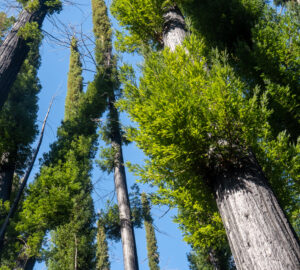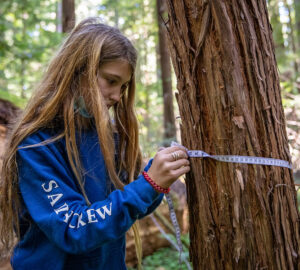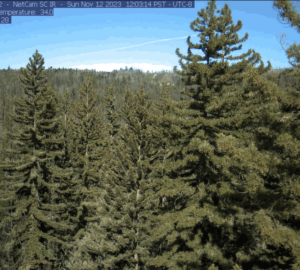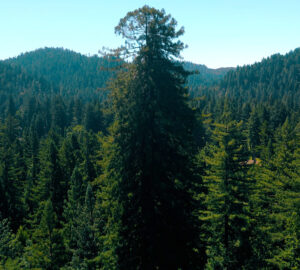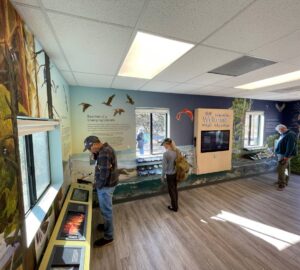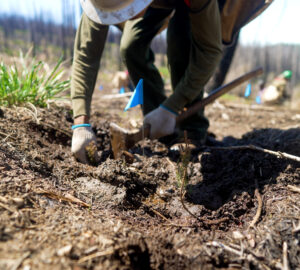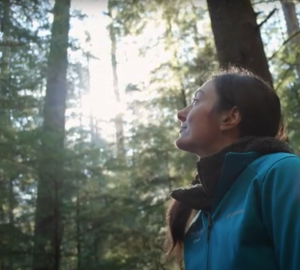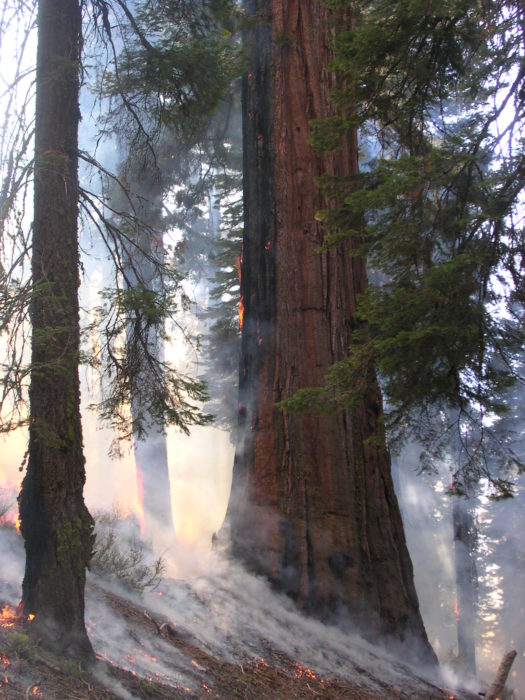
Nearly $150,000 in research grants from Save the Redwoods League have been awarded as part of the 2018 grant cycle. Funding these projects is a significant component of fulfilling the League’s mission, and each of these projects will contribute to scientific knowledge of coast redwood and giant sequoia forests. This research can help us answer big questions that will protect the health of people, wildlife, and the forests.
Since 1997, the League has awarded more than $4 million in research grants to fund studies that have provided the scientific community and public with valuable new information about:
- relationships between living things and the redwood forest
- redwoods’ growth
- forest restoration
- wildlife habitat
Knowledge gained from this research guides our conservation efforts and the work of land managers throughout the region.
2018 Save the Redwoods League Research Grant Recipients
Plants
Carrie Levine and Hugh Safford from the University of California, Davis, received $24,500 to investigate the interacting effects of wildfire, drought, and insect outbreak in giant sequoia groves. They will compare forest regeneration, growth, and mortality of conifer species inside the groves with the forest surrounding the groves. This information will help forest scientists and managers evaluate how resilient sequoia groves are to the increasing stressors brought by climate change, and it will help us prioritize our efforts to support restoration in places with the most critical needs.
Benjamin Carter and Tracy Misiewicz from San José State University were awarded $20,000 to study the population genetics, ecology, and reproductive biology of a rare plant that only grows in old-growth redwood forests, Dudley’s Lousewort (Pedicularis dudleyi). This research will be used by natural resource managers at California State Parks to better manage this species and ensure its survival.
Tony Caprio, of Sequoia and Kings-Canyon National Parks, was awarded $22,745 to reestablish a 50-year old plot monitoring network in 11 giant sequoia groves, some of which have experienced wildland or prescribed fire. Data from 100 field plots that were installed between 1967 and 1969 were recently discovered in park archives. Phase 1 of this project will focus on relocating all 100 plots. Re-measuring these giant sequoia plots will yield tremendous information about how the groves have changed through time and the effects of both fire and fire exclusion. Understanding these changes will help inform managers tasked with caring for giant sequoia during a time of such dramatic change.
Wildlife
M. Zachariah Peer, Anna Pigeon, and Kristin Brunk, of the University of Wisconsin Department of Forest and Wildlife Ecology, received $25,000 to extend their League-funded study examining changes in Steller’s jay populations and the birds’ effects on marbled murrelet conservation. The study can help develop ways to manage these jays, which feed on imperiled marbled murrelet eggs and nestlings. With the additional year of funding, the researchers will better understand how the Stellar’s jay population patterns vary over time.
Chelsea Andreozzi and Adina Merenlender, of the University of California, Berkeley, were awarded $24,921 to assess differences in bat populations between both old-growth and second growth stands, as well as high and low fog sites to better understand the interaction of climate change (e.g., potential changes in fog patterns in the future) and forest management. Their study will use novel approaches to understand bat distributions, including audio equipment to record bat calls within redwood canopies. This study can help us understand the potential for coastal redwood forests to act as refugia for bat species as the climate changes and how that might be affected by forest management.
Joshua Reece, of California State University, Fresno, and Erik Meyer, of Sequoia and Kings Canyon National Parks, were awarded $25,000 to better understand the biogeography of bat populations across Sequoia and Kings Canyon National Parks. Their study will document which species of bat are present, as well as where and when they are observed. This will not only improve our understanding of species that are important parts of the food chain, but it will also provide critical baseline monitoring data to document shifts in species distributions as the climate continues to warm.
The League makes research findings available to the public. Grant recipients provide a final report that the League makes available on our website.
Save the Redwoods League invites researchers to apply for grants, which are offered annually. Learn more about the research grants program and other League-supported studies.

